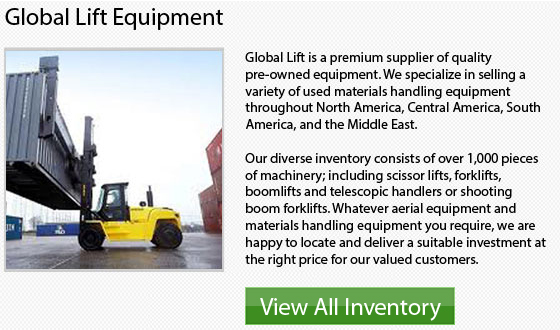
IC Lift Trucks
Internal combustion lift trucks are members of classes IV and V. Normally, they are available in gas, diesel or liquid propane models. Primarily, the ICE or also referred to as internal combustion engine units are utilized outside, as they emit some emissions and could function in severe climate. On the other hand, propane-powered models, could be utilized indoors so long as proper ventilation is used. It is best to know what specific requirements you need to utilize the forklift for and what kinds of settings you will be working in, to be able to make certain that you choose the best model to meet your needs.
ICE Benefits
Several of the benefits of ICE include a lower initial purchase price, compared to a similar capacity electric truck. This could range anywhere from 20% to 40% lower. The Internal Combustion Engine models are very fast and simple to refuel. This feature greatly reduces downtime because there is no need to recharge any batteries, as there is with electric models.
To the similarly equipped electric truck, internal combustion units do provide a higher performance capabilities with far heavier lift capacities compared to electric lift truck models. Over recent years, there have been many advancements regarding emissions technology and this has resulted in lower total emission levels. ICE trucks remain popular with load sizes around 8000 lbs. and even much higher in certain operations such as lumberyard settings, steel manufacturing facilities and ports.
ICE Disadvantages
The Internal Combustion units do suffer from several disadvantages including a higher cost-per-hour to operate as compared to electric trucks, because of the excess needs for fuel. Additionally, these models usually create more noise than the electric models since they run louder. Internal Combustion Engine trucks also have fuel-storage requirements to consider as well.